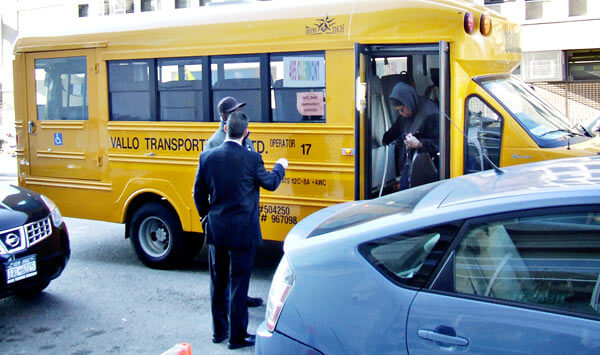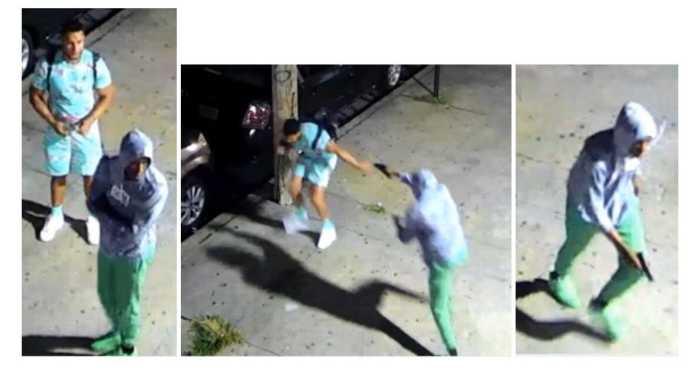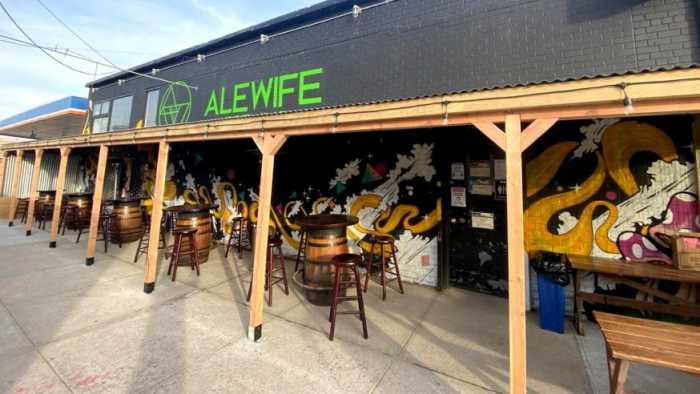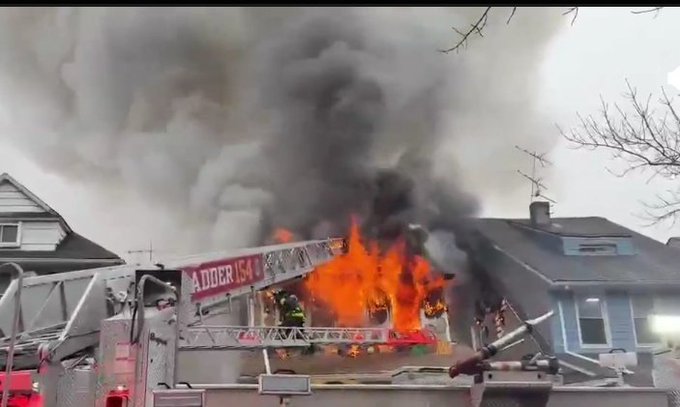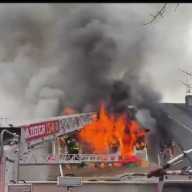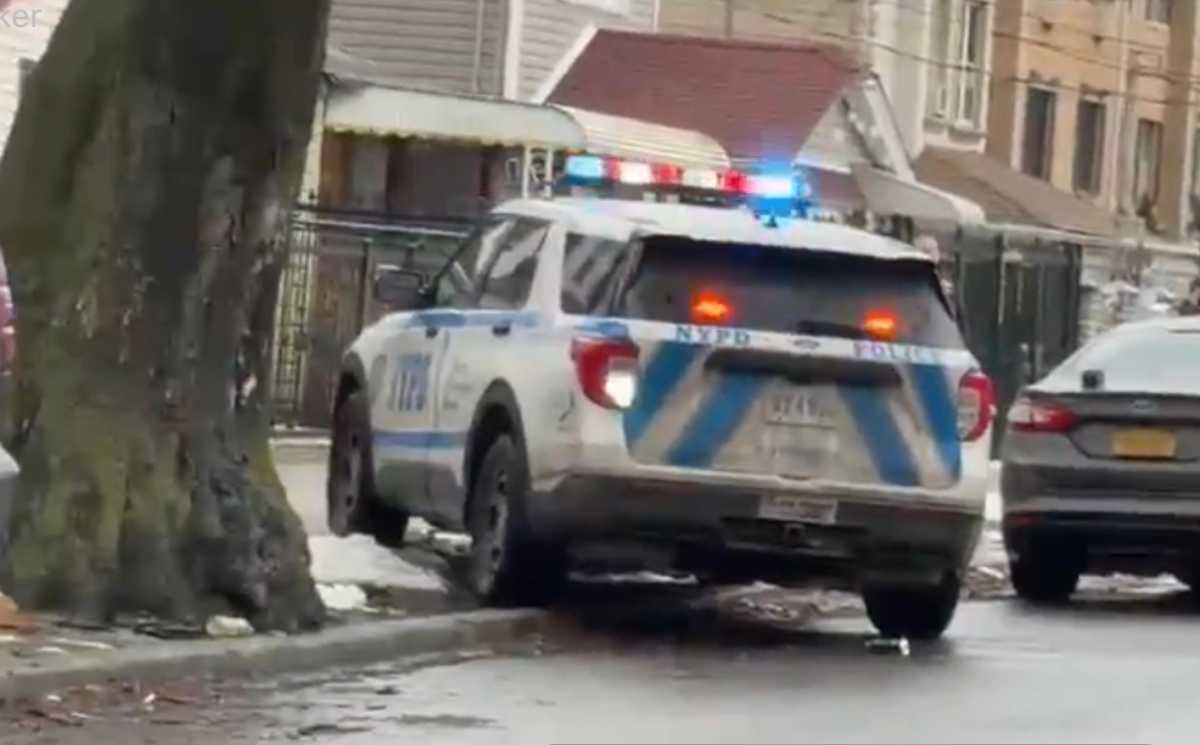By Karen Frantz
Although the U.S. Department of Agriculture approved $13 million in disaster food aid benefits for victims of Hurricane Sandy, state data show far less money was actually delivered to a fraction of families eligible for the program — a revelation some critics say points to a gross failure on the part of the city.
About 30,000 families were eligible for the federal aid program, known as the Disaster Supplemental Nutrition Assistance Program, which provided one-time payments for families affected by Hurricane Sandy who met certain income requirements and were not already receiving food stamps.
But only 4,772 families received the disaster food aid for a total of $2.5 million in benefits. The money distributed is only 20 percent the amount approved by the USDA, according to state and USDA figures provided by the city Human Resources Administration, the agency that administered the program.
Critics said the shortfall was due in large part to the city providing only two application facilities: one in Brooklyn and one in Staten Island.
“They went out of their way to be non-helpful,” said Joel Berg, executive director of the New York City Coalition Against Hunger, when describing the administration of D-SNAP.
He said Rockaway residents were severely burdened by not having an application facility nearby.
“It just really defies common sense that you wouldn’t have an application center in the Rockaways,” he said.
He also said that although the HRA provided free shuttles to and from the Brooklyn application center, the long ride would be difficult for many to manage and said some of his staff members reported the buses were not clearly marked.
Carmen Boon, a spokeswoman for the HRA, said federal guidelines mandated application centers have a certain amount of space and there were no areas in the Rockaways that could accommodate the large number of people the Brooklyn site could. She said in the first two days of the program about 30 percent of the applicants were from the Rockaways, the only area of Queens eligible for D-SNAP, but she said the final state and USDA figures were not broken down by borough.
Berg, a former USDA official under the Clinton administration, challenged Boon’s assertion that the possibility of a Rockaways application facility was precluded by federal regulations.
“I don’t think that is accurate,” he said, adding that the notion the city could not have erected a sufficient temporary trailer in the Rockaways as an application center struck him as preposterous.
“You’d think if it was a priority for the city they would have figured out a way to do it,” he said.
The USDA did not respond to repeated requests for comment.
Boon also said that although information about the free shuttle was not available until a short time before people could apply for the program because the agency was still trying to work out details, HRA worked with thousands of community-based organizations to spread the word about the buses and disseminated information on its website and through social media once the details were hammered out.
Berg said he did not fault HRA for not knowing the details of the shuttle until late in the process, but he blasted the agency for not expanding the window in which people could apply as it became clear far fewer people than were eligible were applying for the aid.
“Their refusal to extend the deadline is then triply unexplainable,” he said.
The application window for the Brooklyn site was a week long, from Dec. 12 through Dec. 18. City Council Speaker Christine Quinn (D-Manhattan) had sent a letter to the HRA on the final day urging that the program deadline be extended in the face of low participation numbers, but the HRA refused to do so.
The HRA is also under fire by some Brooklyn politicians, who charge the agency acted arbitrarily by limiting the program’s eligibility to people who lived within a handful of ZIP codes.
“When I was first apprised of the decision, I was aghast,” said Councilman Lew Fidler (D-Brooklyn), who represents Canarsie, a neighborhood hurt by Sandy but excluded from the program. “I reached out directly to [HRA] Commissioner [Robert] Doar who was completely unable to articulate any rationale for the exclusion of the community which was extremely hard hit.”
Fidler, Councilman Stephen Levin (D-Brooklyn), state Assembly members Alan Maisel (D-Brooklyn) and Joan Millman (D-Brooklyn), state Sen. Velmanette Montgomery and a number of storm victims filed a lawsuit against the HRA for limiting the ZIP codes. The complaint says that while the city asserted 82 ZIP codes were affected by the storm, only 12 ZIP codes were eligible to apply for D-SNAP.
An HRA representative said the agency will contest any litigation on the matter.
“In concert with our state and federal partners, we administered a program that met the needs of those most impacted by the storm,” the representative said.
Reach reporter Karen Frantz by e-mail at kfrantz@cnglocal.com or by phone at 718-260-4538.


